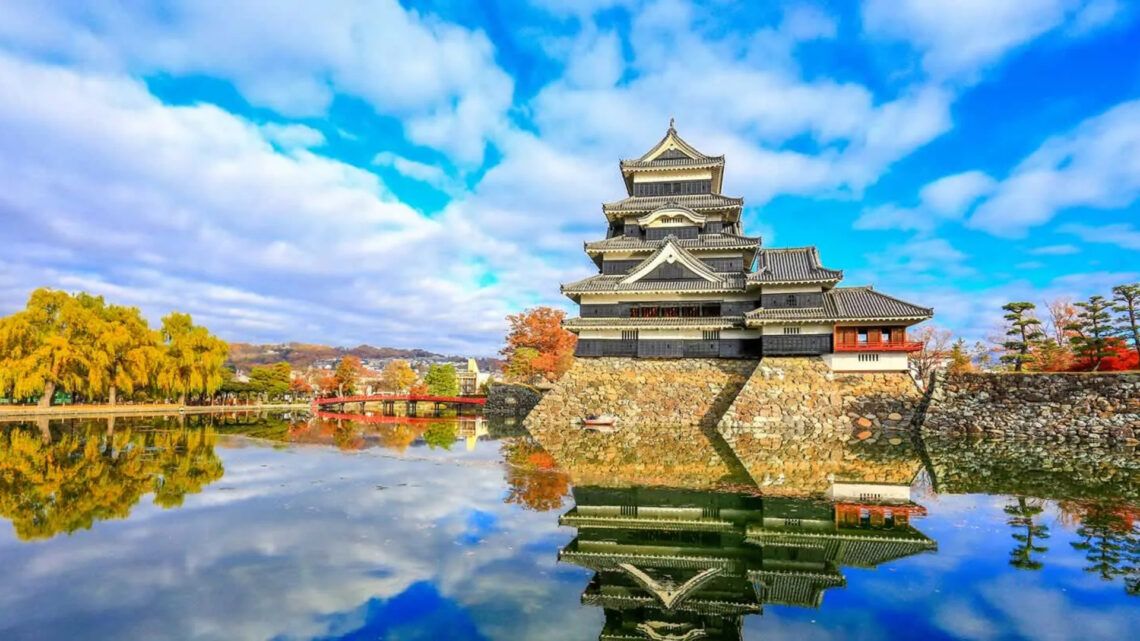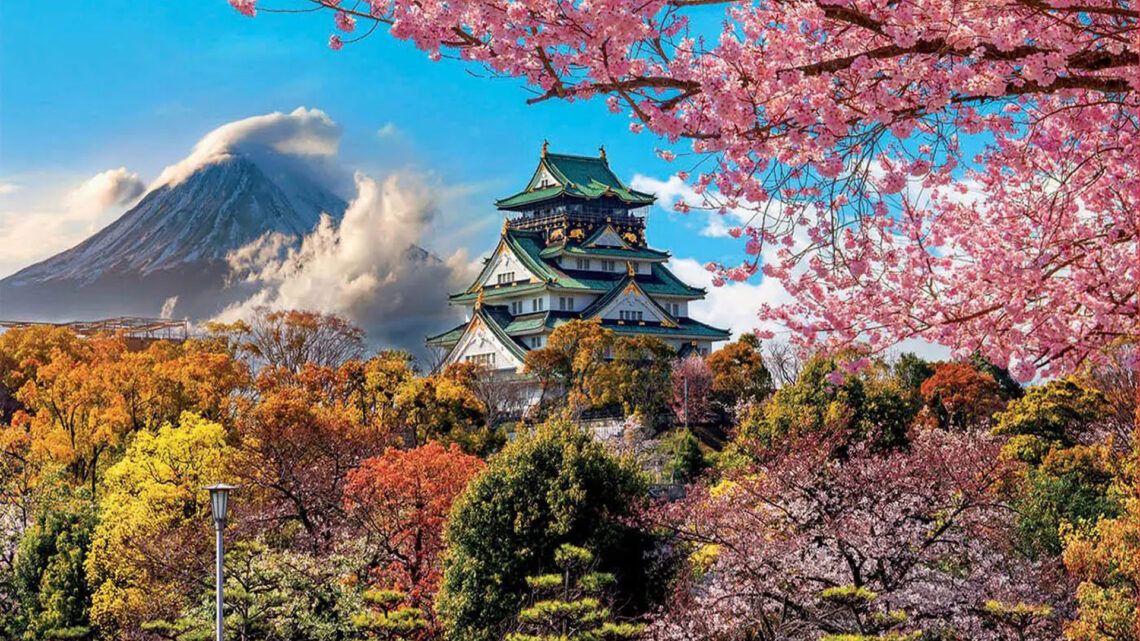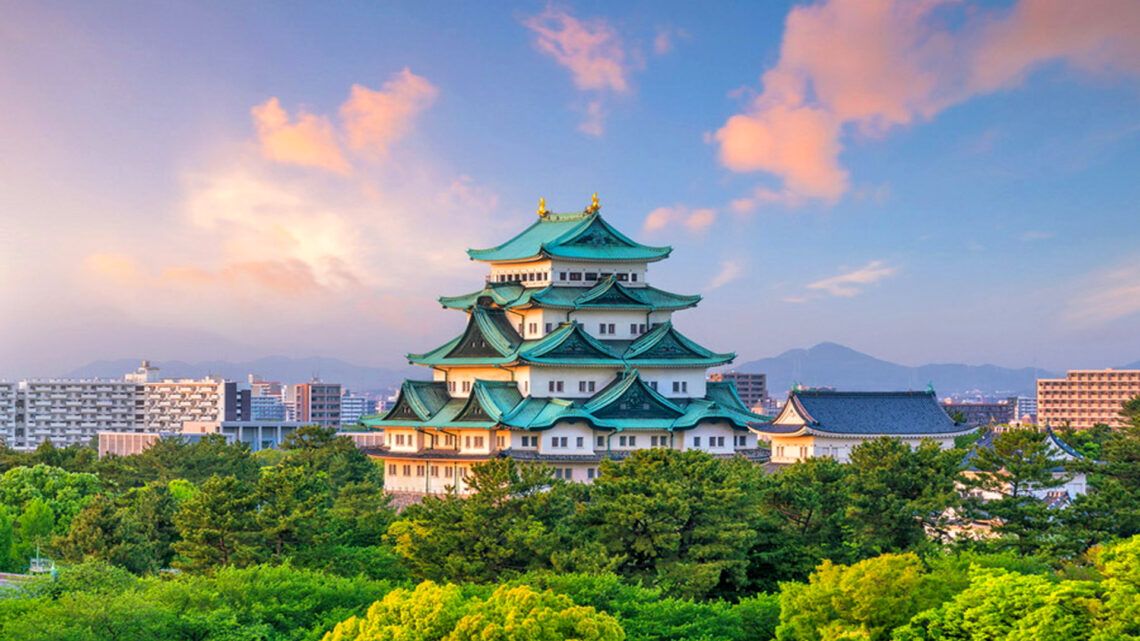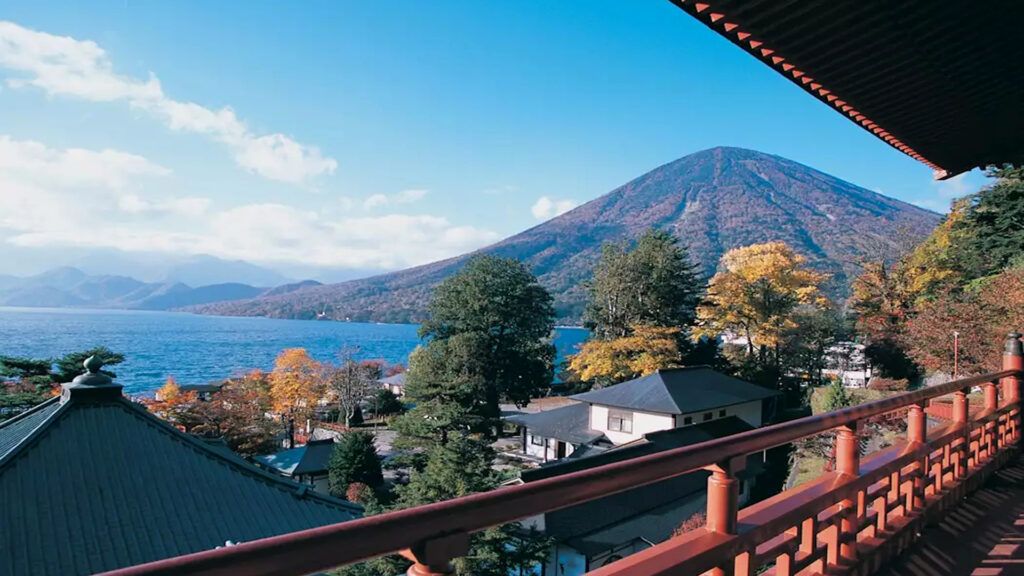
The history of Nikko is rich in cultural and spiritual significance, spanning many centuries. This small city in Tochigi Prefecture, about 140 kilometers north of Tokyo, has evolved over time from a remote religious center into one of Japan’s most important historical and tourist destinations.
Nikko was already a place of spiritual significance in the early history of Japan. As early as the 8th century, the first shrines and temples were built here. The Futarasan Shrine, one of the oldest shrines in Nikko, was founded in 767 and is dedicated to the three sacred mountains of Nikko: Nantai, Nyoho, and Taro. These mountains were considered holy, and the surrounding area was viewed as a place where the gods and nature were closely connected.
Over the centuries, Nikko developed into an important religious center, particularly for Shintoism and Buddhism. Monks and pilgrims came from all over Japan to seek spiritual enlightenment in the seclusion of the mountains. The dense forests, clear rivers, and majestic mountains contributed to the mystical atmosphere of the place, making it an ideal retreat for meditation and prayer.
Nikko’s history took a decisive turn in the early 17th century with the death of Tokugawa Ieyasu, the founder of the Tokugawa Shogunate. Ieyasu, who unified Japan after a long period of wars, decreed that his mausoleum should be built in Nikko. His son, Tokugawa Hidetada, initially constructed a modest mausoleum, but it was his grandson, Tokugawa Iemitsu, who expanded the Toshogu Shrine into a magnificent sanctuary.
The Toshogu Shrine, completed in 1617, is Ieyasu’s mausoleum and one of the most splendid structures of the Edo period. The construction of this shrine marked the beginning of a new era for Nikko. The shrine, which represents a synthesis of Shinto and Buddhist elements, quickly became one of Japan’s most important pilgrimage sites. Its magnificent design, elaborate carvings, and use of gold leaf made it a masterpiece of Japanese architecture.
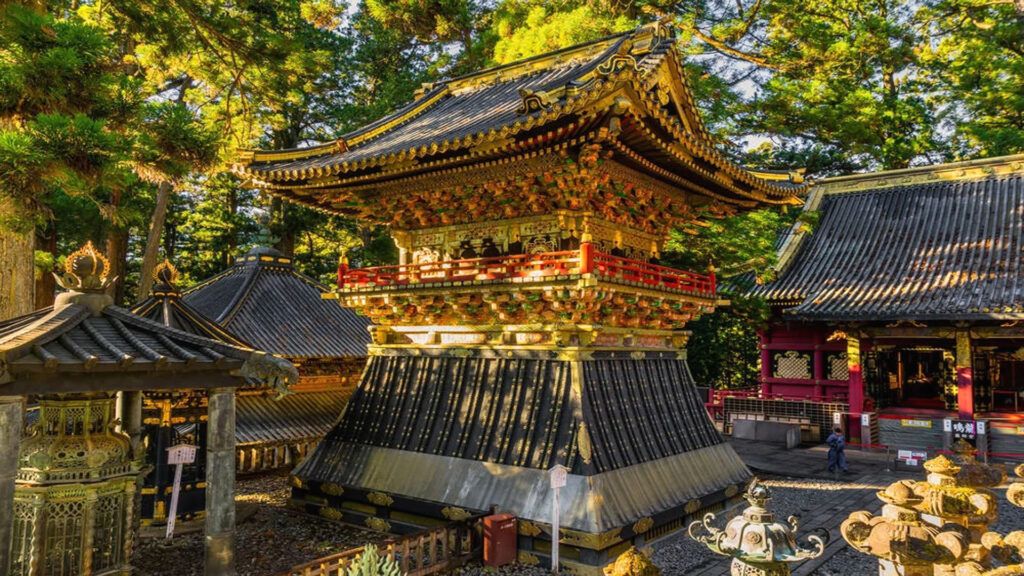
The construction of the Toshogu Shrine also ushered in a period of prosperity for Nikko. Craftsmen, laborers, and pilgrims flocked to the city, and Nikko grew into a cultural and economic center. The roads and paths leading to the shrine were expanded, and numerous inns and shops were established to provide accommodation and food for the pilgrims.
During the Edo period (1603–1868), Nikko experienced a golden age. The city became a symbol of the Tokugawa Shogunate’s power and influence. Large ceremonies were held annually in honor of Tokugawa Ieyasu, attended by hundreds of samurai and officials in processions. These ceremonies were not only religious events but also a demonstration of the Shogunate’s political power.
During this time, however, Nikko was not only a political and religious center but also a hub of art and culture. Many of the artworks that can be seen today in the Toshogu Shrine date from this period. Artists and craftsmen were brought to Nikko from all over Japan to work on the shrine’s magnificent buildings and decorations. These artworks, such as the famous “Three Monkeys” carving and the elaborate Yomeimon Gate, remain significant symbols of Japanese art and culture to this day.
With the end of the Tokugawa Shogunate and the Meiji Restoration in 1868, Nikko initially lost political importance but remained a significant religious and cultural center. During this period, Japan opened up to the West, and Nikko became accessible to foreign visitors. Western travelers, diplomats, and researchers visited Nikko and were fascinated by the beauty and cultural wealth of the place.
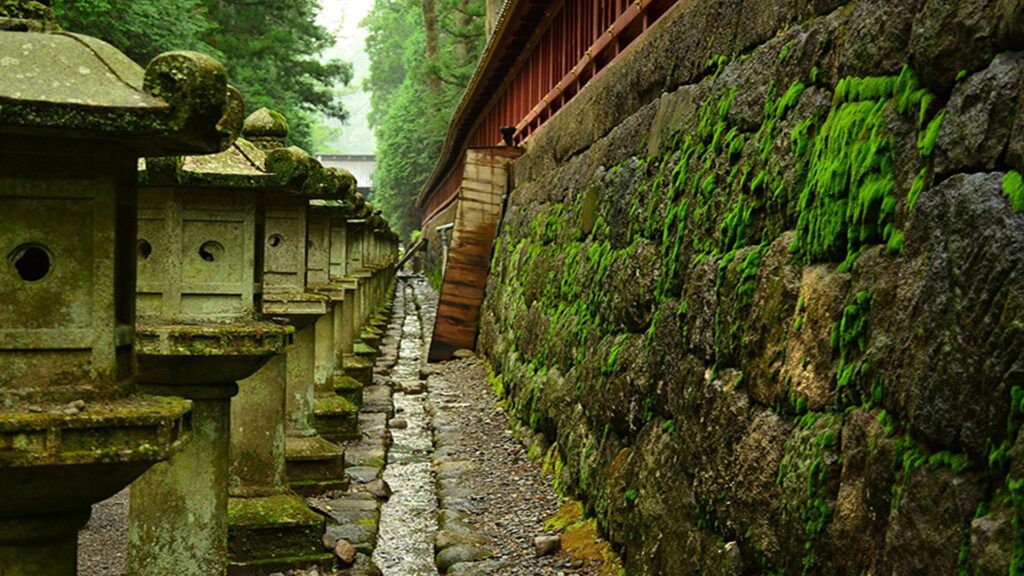
The visit of Emperor Meiji in 1872 further enhanced Nikko’s significance. The emperor showed great interest in preserving Nikko’s cultural treasures, and under his patronage, restoration work was carried out on many of the historical buildings. Even after the Meiji Restoration, Nikko remained an important site of worship and a symbol of Japan’s national identity.
In the 20th century, Nikko developed into a popular tourist destination. The railway connection from Tokyo to Nikko, opened at the beginning of the century, made the place easily accessible and brought many visitors to the region. Nikko became known not only for its shrines and temples but also for its impressive natural scenery, especially in autumn when the leaves change color, attracting numerous tourists.
In 1999, the shrines and temples of Nikko were recognized as a UNESCO World Heritage Site. This recognition underscores Nikko’s historical and cultural significance and helped to further increase the place’s international fame.
Today, Nikko is a city that has preserved its rich history and traditions while also evolving into a modern travel destination that attracts visitors from all over the world. The combination of cultural heritage, spiritual significance, and natural beauty makes Nikko a unique place deeply rooted in Japanese history.
Nikko and Its Unique Surroundings

The Toshogu Shrine and the breathtaking nature of Nikko are undoubtedly some of the most fascinating travel destinations in Japan. In this comprehensive blog post, I will share everything about the Toshogu Shrine, its cultural significance, the beautiful surroundings, and the impressive natural scenery of Nikko. This text will not only provide deep insights into the history and importance of the shrine but also practical tips for your visit to Nikko, along with an overview of the best hiking trails and natural wonders this region has to offer.
The Toshogu Shrine, a UNESCO World Heritage site, is the mausoleum of Tokugawa Ieyasu, the founder of the Tokugawa Shogunate, which ruled Japan for over 250 years. The shrine was built in 1617 by his grandson, Tokugawa Iemitsu, and stands as a symbol of the power and influence of the Tokugawa family. The complex is not only a significant historical monument but also an outstanding example of Japanese architecture and art.
The Toshogu Shrine is distinguished by its elaborate architecture and numerous intricate carvings and decorations. Notably, the Yomeimon Gate, also known as the “Gate of the Morning Sun,” is adorned with more than 500 detailed carvings. These carvings depict scenes from nature as well as mythological figures, symbolizing the harmony between humans and nature.
Another famous artwork within the shrine is the “Three Wise Monkeys” carving, which represents the proverb “See no evil, hear no evil, speak no evil.” This carving is a symbol of Confucian teachings and stands for ethical and moral education.
The Toshogu Shrine is located in the heart of Nikko National Park, one of Japan’s oldest and most beautiful national parks. The park covers more than 140,000 hectares and offers an impressive variety of flora and fauna, as well as numerous hiking trails and natural wonders. The dense forests, clear rivers, and majestic mountains make Nikko a paradise for nature lovers and hikers.
One of the first landmarks visitors pass on their way to the Toshogu Shrine is the Shinkyo Bridge. This red, elegantly curved bridge spans the Daiya River and is considered one of the most beautiful bridges in Japan. The bridge is a spiritual gateway that separates the profane world from the sacred. Crossing the Shinkyo Bridge symbolizes the transition into a spiritual and holy dimension.
Nature plays a central role in Shintoism, Japan’s traditional religion, as well as in Buddhism, which is deeply rooted in the country. In Nikko, the spiritual significance of the Toshogu Shrine and the impressive natural surroundings merge into a harmonious unity. The ancient cedar trees that surround the shrine are considered sacred and symbolize eternity and divine protection. Hiking through Nikko’s forests is not only a sensory experience but also a spiritual journey that brings body and mind into harmony.
The Toshogu Shrine is a sacred place, so it’s important to behave respectfully. Photography is allowed in most areas, but be sure to pay attention to the signs. Additionally, you should remain quiet near the shrine buildings and follow the staff’s instructions.
Hiking and Nature Experiences In and Around Nikko

The Kegon Falls, plunging over 97 meters, are one of the most spectacular natural wonders in Nikko. You can reach the falls via a well-marked hiking trail that takes you through dense forests and along clear streams. The Kegon Falls are particularly impressive in the autumn when the foliage glows in its most magnificent colors.
Lake Chuzenji is a picturesque mountain lake located at the foot of Mount Nantai. A hike around the lake offers breathtaking views of the surrounding mountains and the sparkling water. The route is about 25 kilometers long and takes you through dense forests, past small shrines, and scenic viewpoints that invite you to pause and enjoy the scenery.
For experienced hikers, the climb to the 2,486-meter-high Mount Nantai presents a challenge. The trail begins at the Futarasan Shrine and leads through dense forests and steep paths to the summit. From there, you have a stunning view of Lake Chuzenji and the surrounding mountains. Mount Nantai is considered a sacred mountain and has been climbed by pilgrims for centuries.
In addition to the well-known attractions, Nikko is home to numerous hidden gems waiting to be discovered. These include secluded temples, small waterfalls, and hidden hiking trails off the beaten path. These locations offer you the opportunity to enjoy the natural beauty and spiritual atmosphere of Nikko in peace and quiet.
Autumn is the best time to experience the vibrant colors of the maple leaves (Momiji) in Nikko. The region is famous for its autumn landscapes, dominated by brilliant reds, golden yellows, and rich browns. The autumn foliage is particularly beautiful along the Iroha-Zaka, a winding road that leads to Lake Chuzenji and the Kegon Falls. The temples and shrines also shine with a new radiance in autumn as the leaves bathe the old buildings in warm light.
There are several viewpoints in Nikko that are particularly well-suited for admiring the autumn foliage. One of the most famous is the Akechidaira Observation Deck, which offers a panoramic view of Lake Chuzenji, the Kegon Falls, and the surrounding mountains. The Ryuzu Falls, whose name means “Dragon Head,” is also a popular destination for autumn foliage lovers. Here, you can admire the water as it winds through the glowing colors of the autumn leaves.
In Japanese culture, autumn leaves hold deep spiritual significance. They symbolize the transience of life and the constant change of nature. In Nikko, the autumn foliage is considered part of the spiritual landscape, helping visitors reflect on nature and their own existence. A walk through Nikko’s autumn forests is thus not only a visual experience but also a meditative one that brings you in harmony with nature.
Nikko’s forests are home to an impressive variety of plants and animals. The region is known for its ancient cedar trees, some of which are over 1,000 years old and considered sacred. These majestic trees not only shape the landscape but also provide habitat for numerous animal species. The dense tree cover creates a unique microclimate that fosters a rich flora.
Many endemic plants grow in the forests, including various mosses, ferns, and wildflowers that change with the seasons. In spring, cherry blossoms and other flowers bloom, while in summer, lush green dominates. In autumn, the foliage turns vibrant shades of red, and in winter, the snow-covered trees offer a breathtaking backdrop.
The wildlife in Nikko is equally diverse. The forests are home to animals like deer, foxes, wild boars, and many bird species. Particularly notable is the Japanese macaque, also known as the snow monkey, which can be found in the warm springs of the region during the cold winter months. Birdwatching is a popular activity in Nikko, as many rare and protected species, including the Japanese crane and black woodpecker, are native to the area.
Culinary Delights and Visitor Tipps for Nikko
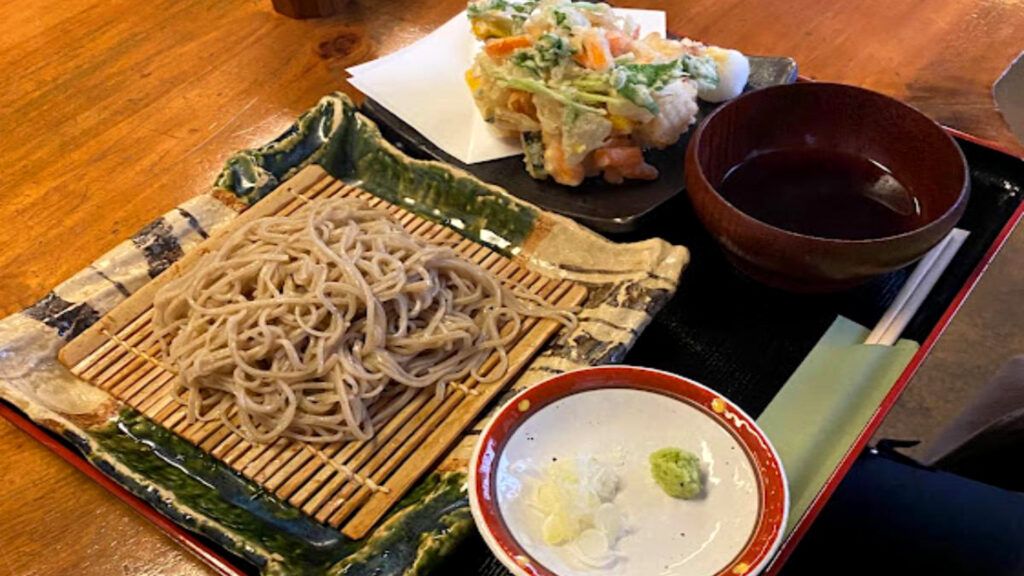
Nikko offers a variety of culinary experiences that you should definitely try during your visit. One of the region’s most famous specialties is “Yuba,” which is tofu skin made from soy milk. Yuba is often served as a side dish or in various meals and is considered a healthy and tasty delicacy.
Another typical dish is “Nikko-Soba,” a noodle specialty made from buckwheat flour. The soba noodles are often served cold and enjoyed with a savory soy sauce or dashi broth. Many restaurants in the area offer freshly prepared noodles, often accompanied by regional vegetables and other seasonal ingredients.
In addition to traditional restaurants, Nikko is home to many charming teahouses and cafés where you can take a break. Here, you can enjoy Japanese green tea or matcha, often accompanied by sweet snacks like “Wagashi,” traditional Japanese sweets. A visit to one of the historic teahouses is a wonderful opportunity to experience Japanese tea culture and immerse yourself in the region’s relaxed atmosphere.
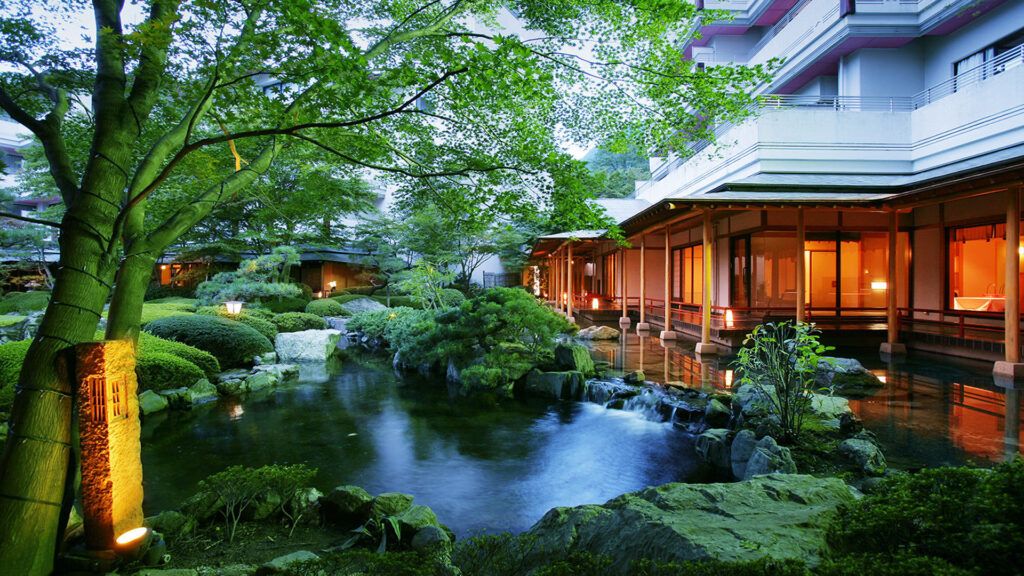
For an authentic stay in Nikko, booking a Ryokan, a traditional Japanese inn, is recommended. These accommodations offer not only comfortable tatami-style rooms but often also access to onsen, the famous Japanese hot springs. Many Ryokans are located in picturesque settings surrounded by nature and offer delicious meals made from local ingredients.
If you prefer a more modern accommodation, Nikko also has a variety of hotels and guesthouses. These often provide amenities such as free Wi-Fi, breakfast buffets, and comfortable rooms with views of nature. Some hotels have wellness areas where you can relax after a day of exploring.
One of the most significant events in Nikko is the Tokugawa Festival, held annually in October in honor of Tokugawa Ieyasu. The festival features numerous ceremonies, parades, and traditional performances that bring the region’s history and culture to life. Visitors can admire the impressive costumes of the participants and take part in various festivities.
In the spring, the Cherry Blossom Festival attracts many visitors who want to admire the blooming trees throughout the Nikko area. During this time, many events, picnics, and celebrations take place, focusing on the beauty of the cherry blossoms. The atmosphere is festive, and you can experience the Japanese tradition of “Hanami,” where admiring the blossoms is central.
My Conclusion
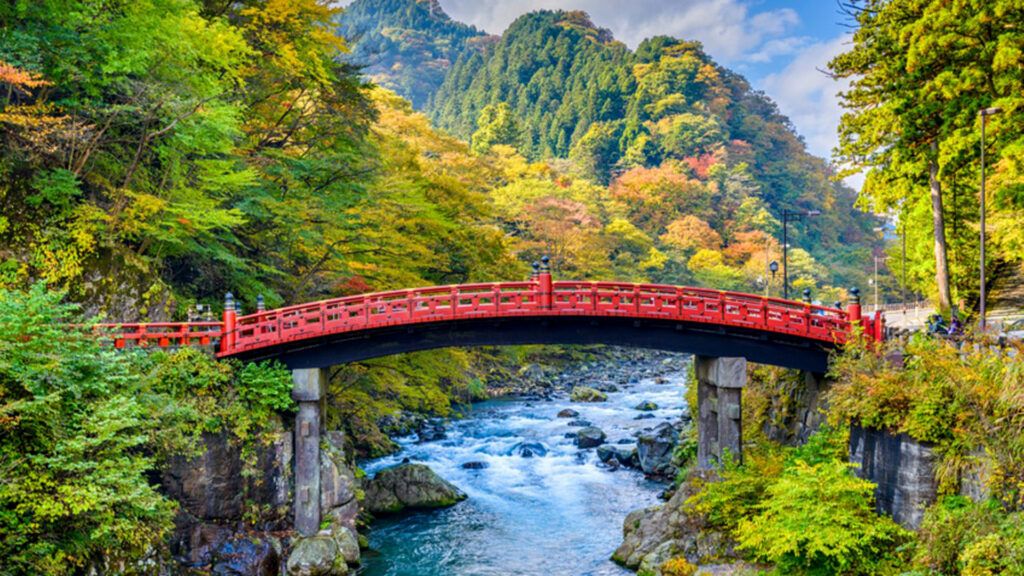
Nikko is more than just a travel destination; it is a spiritual place that touches the soul. The Toshogu Shrine, nestled in a breathtaking natural landscape, embodies the harmonious connection between humans and nature. Here, you can discover Japan’s cultural treasures, experience the spiritual significance of the surroundings, and fully enjoy the beauty of nature.
Whether you are interested in history, architecture, culinary delights, or nature hikes, Nikko has something to offer everyone. Plan your visit carefully and let yourself be enchanted by the magic of this place. In Nikko, you can not only experience Japan’s past but also feel the present beauty of nature and the spiritual atmosphere.
I hope this guide helps make your stay in Nikko unforgettable. Let yourself be inspired and discover the countless facets of this unique place, which offers a truly magical experience.

